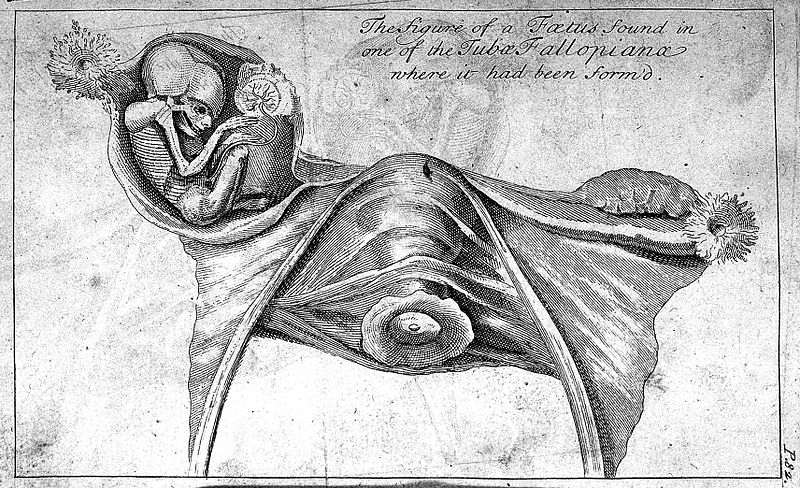
Over the Jubilee weekend, we will of course be posting royal fanny facts, rumours, myths and art, and we'll start with a story that's true: Princess Marie Bonaparte's (AKA Princess George of Greece and Denmark) research on orgasm and the clitoris.
Marie Bonaparte (1882-1962) was a princess by marriage and a descendant of Napoleon. In her own right, she was a psychoanalyst and published researcher.
Marie experienced sexual dysfunction, which using the language of the time, she called frigidity. She had difficulty orgasming, and wanted to rectify this. So she started researching orgasm in women.
In 1924, Marie published her theory of orgasm and frigidity, based on research on 200 women. In her research, she had measured the distance between the clitoral glans and the vaginal opening, and analysed her subjects' sexual history and function.
Marie believed that the distance between vagina and clitoris was related to orgasm.
She classified women into three groups: paraclitoridiennes, who had a short distance and orgasmed easily, téleclitoridiennes who had a distance of an inch or more and had difficulty orgasming, and mesoclitoriennes, who were in between.
Marie herself believed she was a téleclitoridienne, and having identified the problem, set out to rectify it. She underwent an operation called the Halban–Narjani procedure, named for surgeon Josef Halban, and her published pseudonym, A. E. Narjani.
The goal of the Halban-Narjani operation was to move the clitoral glans closer to the vaginal opening. The operation was unsuccessful (we hope we don't need to tell you that its premise was incorrect). Still unable to orgasm, Marie underwent the surgery again.
As well as her research and surgery, Marie sought out and consulted with Sigmund Freud for treatment of her sexual dysfunction. Her husband, Prince George, was kind of annoyed by this, and asked her to stop and focus on her family. She refused.
Marie had a lifelong fascination with psychoanalysis. In 1953, at the coronation of Queen Elizabeth II, she sat next to François Mitterrand (who later became president of France), and psychoanalysed him throughout the ceremony.
One more Princess Marie Bonaparte fact for you. In 1919, she sat for modernist sculptor Constantin Brâncuși. This is the sculpture he made of her. 

Brâncuși claimed that any resemblance to a dick in his sculpture was purely coincidental and you were a perv for thinking it looked like a willy. He believed it depicted the essence of the woman it was depicting.
Mind, Brâncuși's analysis of Princess Marie Bonaparte was probably more offensive than saying she was a great big penis, he said she was vain and constantly looking at herself (hence the downturned defo-not-a-glans) and but had good tits (the bit that looks like balls).
Although she was wrong about orgasms, Princess Marie Bonaparte was a prolific author, and in her lifetime, published 13 books and papers on the topic of sexuality and psychoanalysis. Tune in for the long weekend where we'll be posting more about royals, sex and fannies...
• • •
Missing some Tweet in this thread? You can try to
force a refresh






